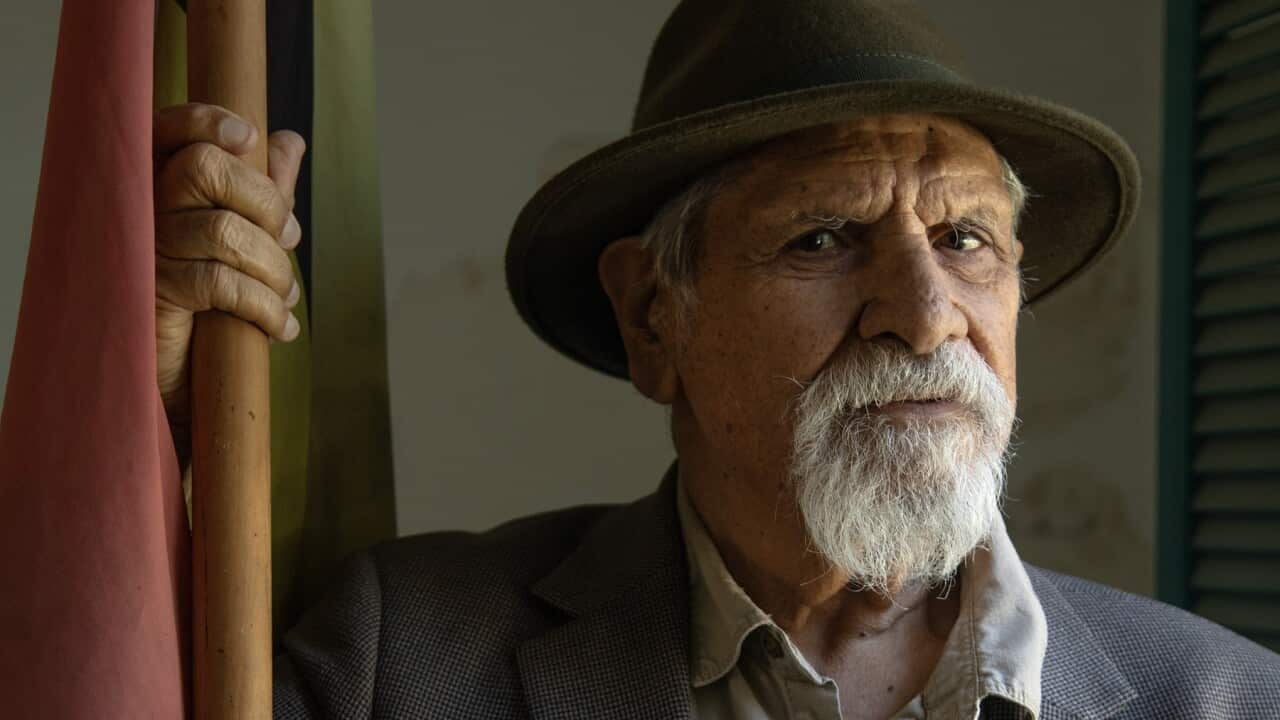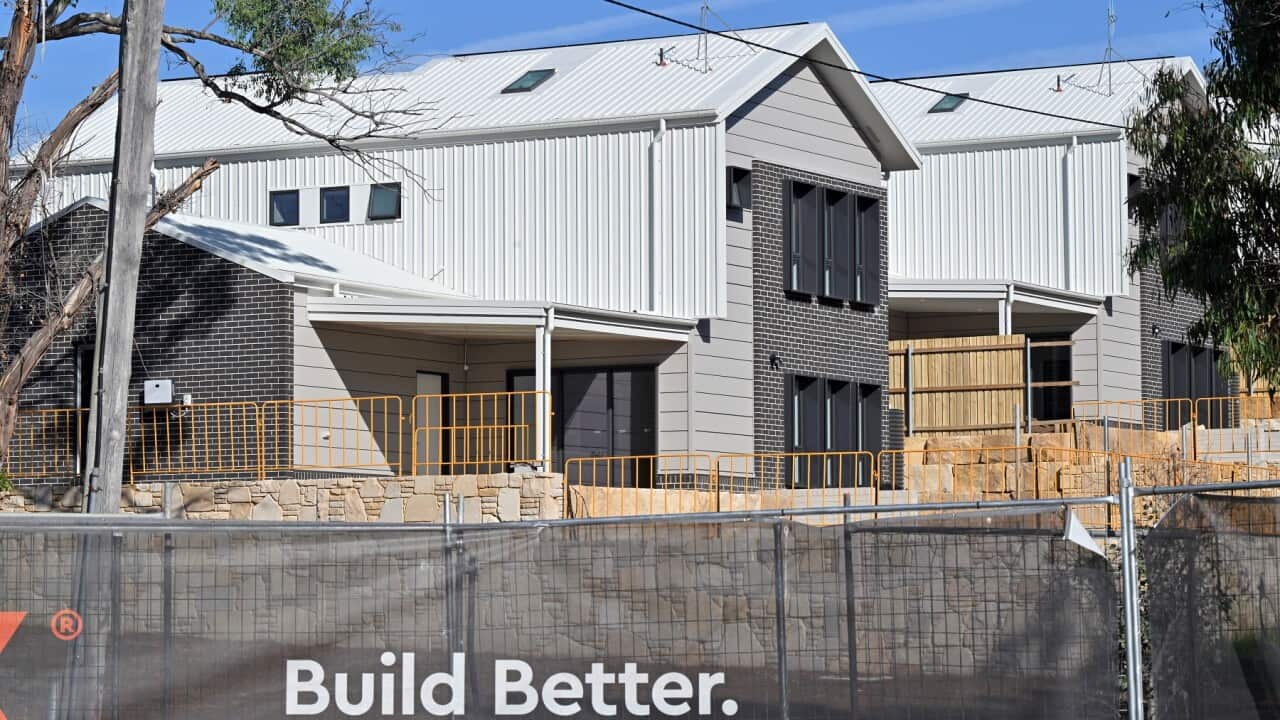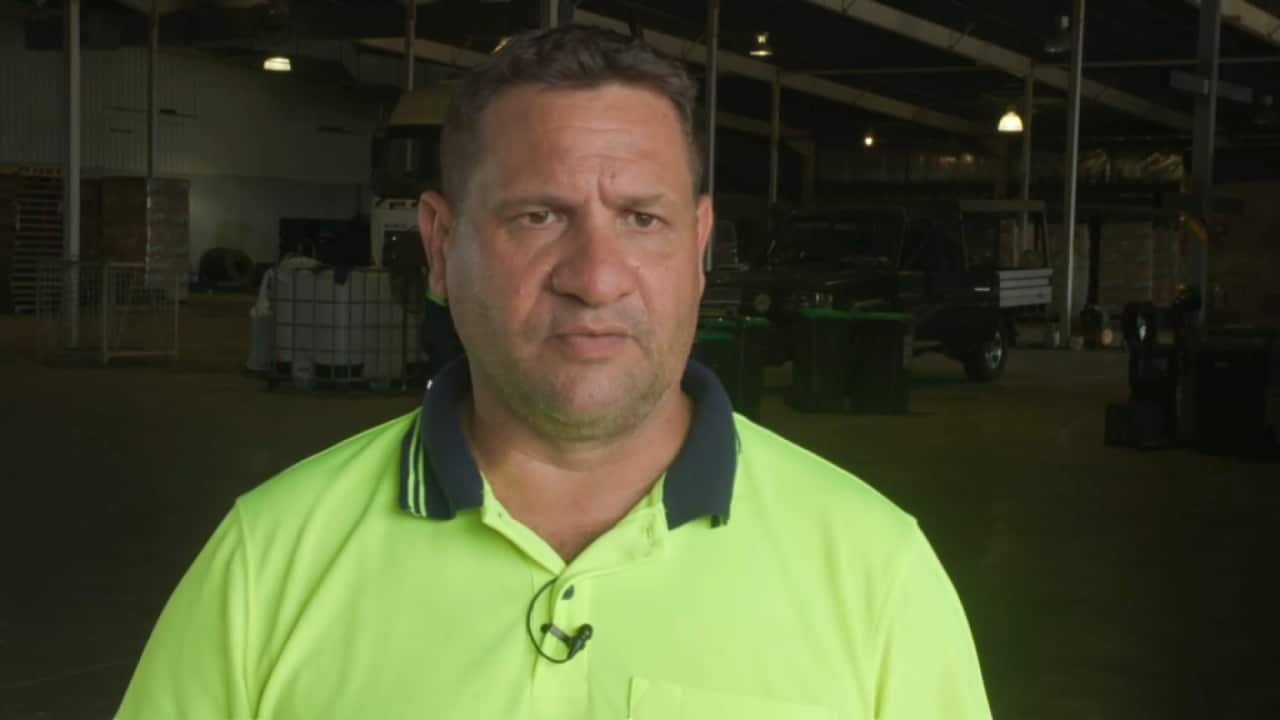Italiano
Le comunità delle Prime Nazioni provenienti da ogni angolo del Western Australia si sono riunite per una settimana di cerimonie e commemorazioni su un'isola al largo della costa di Perth.
"Welcome to Wadjemup. Welcome to Wadjemup. Welcome to Wadjemup. Welcome."
Rottnest Island, conosciuta come Wadjemup dai proprietari tradizionali, è famosa per la sua bellezza incontaminata e per le caratteristiche uniche della fauna selvatica, in particolare dei nativi quokka.
Ma Liz Hayden, del Wadjemup Project, ha spiegato che sotto questa bellezza e attrattiva turistica si nasconde un orribile capitolo della storia australiana.
"The massacres. They brought our men from all over the state down here. Chained on boats and dragged them out here and they all died on the island. There's graves here. The whole part was to start this process, start the healing of our people, because of the trauma associated with our mob being brought into prison and left here to die."
Dal 1838 al 1931 l'isola fu una prigione che ospitò fino a 4.000 uomini e ragazzi aborigeni.
Più di 360 di queste persone morirono e sono sepolte sull'isola, rendendola il luogo in Australia dove si è registrato il maggior numero di aborigeni morti in carcere.
Una settimana di cerimonie private per i discendenti di coloro che furono mandati qui è culminata nella Giornata di commemorazione di Wadjemup Wirin Bidi.
Il premier del Western Australia Roger Cook era presente e si è scusato per questo capitolo traumatico della storia dello Stato.
"Those young men - elders, uncles, grandfathers - were never able to return. Many incarcerated here for crimes not committed, some simply for who they were and the culture they represented. On behalf of the people of Western Australia I say 'we are sorry'."
Lanciato nel 2020, il Progetto Wadjemup è guidato da una coalizione di anziani delle Prime Nazioni che hanno trascorso anni a viaggiare in tutto lo Stato per realizzare queste commemorazioni.
Il responsabile del Progetto Farley Garlett ha detto che la strada è stata lunga, ma è soddisfacente vedere i loro sforzi unirsi.
“It was a process to go right around and speak to them. We gave ourselves five years and we did it three and a bit so today is a culmination of that process. There was a lot of work to do but to get here finally today and all the different language groups and tribal groups are down here representing themselves, with the support of all of our Njunga mob, the Whadjuk mob, for me today was exhausting but satisfying."
La Giornata di commemorazione è vista come una pietra miliare significativa verso la riappacificazione ed il racconto veritiero dei fatti in WA.
Ora si sta pensando di rendere la Giornata di commemorazione di Wadjemup Wirin Bidi un evento annuale.
Robert Watson, del Kimberley Land Council, ha affermato che è importante che gli australiani comprendano la storia traumatica di molti gruppi delle Prime Nazioni per capire meglio i problemi che devono affrontare oggi.
“A lot of the issues we have today started back then and that's the story that a lot of Australians don’t understand. This is why truth-telling is so important. It's not only important for Australia and Western Australians to be able to understand the history of this area, it's really important for education and awareness to bring us together and make better policies, make better decisions when it comes to Indigenous people because broader Australia does not understand the impact and the destruction it's had on Aboriginal people's lives."
Inglese
First Nations communities from all corners of Western Australia have come together for a week of ceremony and commemoration on an island off the coast of Perth.
"Welcome to Wadjemup. Welcome to Wadjemup. Welcome to Wadjemup. Welcome."
Rottnest Island, known as Wadjemup by Traditional Owners, is famed for its pristine beauty and unique wildlife features - particularly the native quokka.
But Liz Hayden of the Wadjemup Project explains that underneath this beauty and tourist-appeal lies a horrific chapter of Australian history.
"The massacres. They brought our men from all over the state down here. Chained on boats and dragged them out here and they all died on the island. There's graves here. The whole part was to start this process, start the healing of our people, because of the trauma associated with our mob being brought into prison and left here to die."
From 1838 to 1931 the island was a prison that held up to 4,000 Aboriginal men and boys.
More than 360 of these people died and are buried on the island, making it the largest Aboriginal deaths-in-custody site in Australia.
And now, a week of private ceremonies for the descendants of those sent here has culminated in the Wadjemup Wirin Bidi Commemoration Day.
West Australian Premier Roger Cook was present and has now apologised for this traumatic chapter of the state's history.
"Those young men - elders, uncles, grandfathers - were never able to return. Many incarcerated here for crimes not committed, some simply for who they were and the culture they represented. On behalf of the people of Western Australia I say 'we are sorry'."
Launched in 2020, The Wadjemup Project is led by a coalition of Indigenous elders who’ve spent years travelling across the state to make these commemorations a reality.
The Project's Farley Garlett says it's been a long road but it's satisfying seeing their efforts come together.
“It was a process to go right around and speak to them. We gave ourselves five years and we did it three and a bit so today is a culmination of that process. There was a lot of work to do but to get here finally today and all the different language groups and tribal groups are down here representing themselves, with the support of all of our Njunga mob, the Whadjuk mob, for me today was exhausting but satisfying."
The Commemoration Day is seen as a significant milestone towards healing and truth telling in WA.
And there are now plans to make Wadjemup Wirin Bidi Commemoration Day a yearly event.
Robert Watson, from the Kimberley Land Council, says it's important for Australians to understand the traumatic history of many First Nations groups to better understand the issues they are facing today.
“A lot of the issues we have today started back then and that's the story that a lot of Australians don’t understand. This is why truth-telling is so important. It's not only important for Australia and Western Australians to be able to understand the history of this area, it's really important for education and awareness to bring us together and make better policies, make better decisions when it comes to Indigenous people because broader Australia does not understand the impact and the destruction it's had on Aboriginal people's lives."




